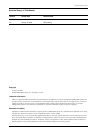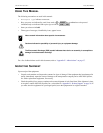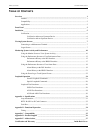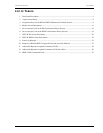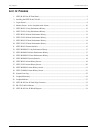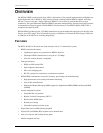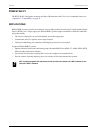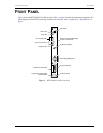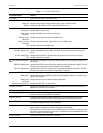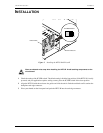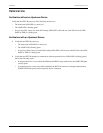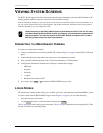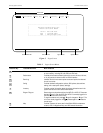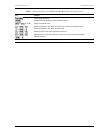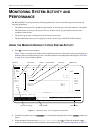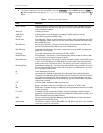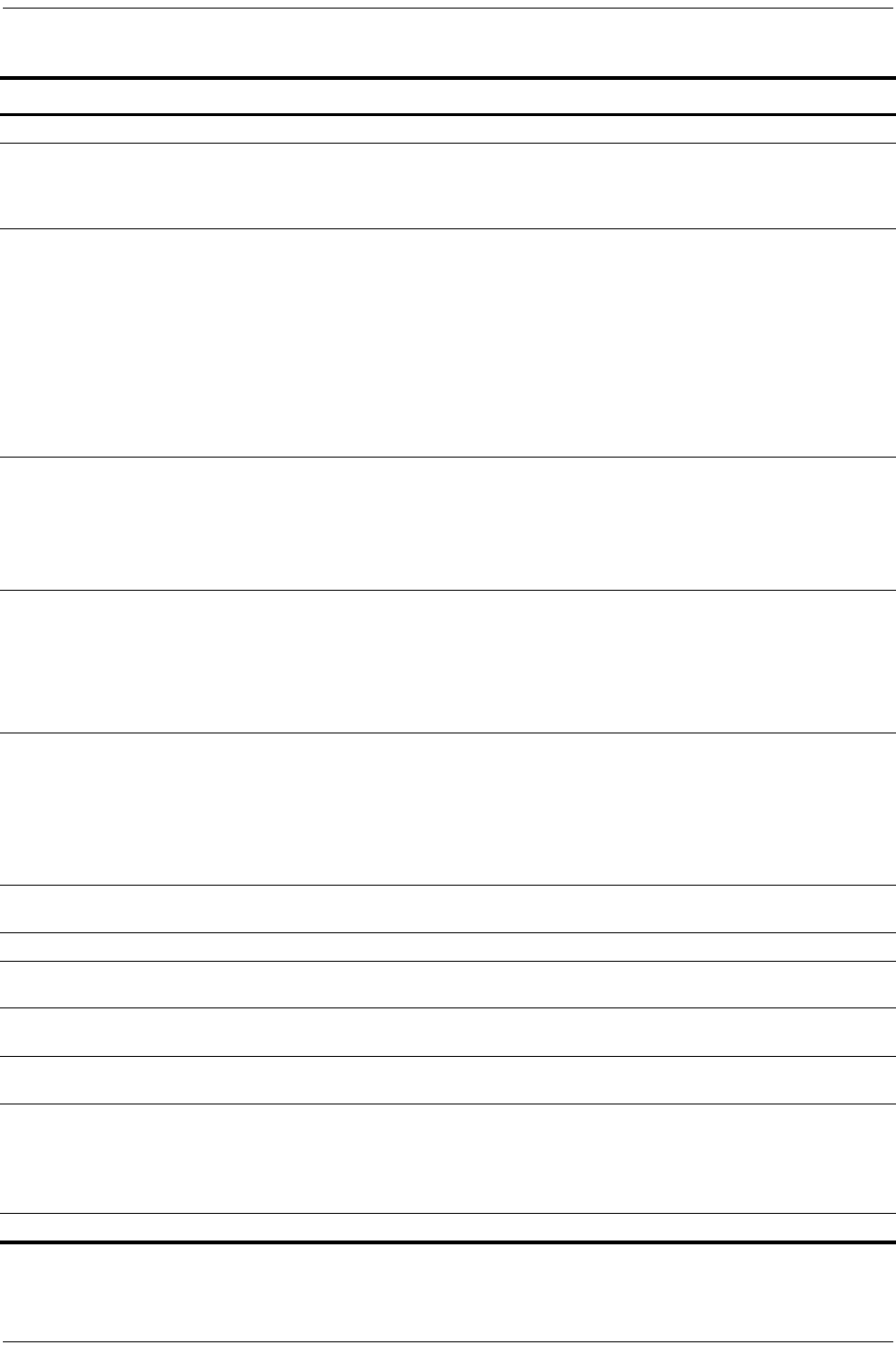
Front Panel 152-402-145-02, Issue 2
4 June 16, 2000 H2TU-R-402
Table 1. Front-Panel Description
Front-panel Feature Function
List number Identifies the list number of the H2TU-R-402.
Alarm (ALM) LED Shows alarm states for remote and local Loss of Signal (LOS).
Steady red Indicates a Loss of Signal (LOS) condition at the T1 input of the H2TU-R-402.
Blinking Indicates an LOS condition at the T1 input of the H2TU-C line unit.
Loop LED Displays HDSL2 Loop condition.
Steady green Indicates HDSL2 loop is in sync.
Blinking once
per second
Indicates the HDSL2 loop is trying to acquire sync.
Blinking 4 times
per second
Indicates a margin alarm condition on the HDSL2 loop.
Blinking 10 times
per second
Indicates a Cyclic Redundancy Check (CRC) error on the HDSL2 loop.
OFF Indicates no activity on the HDSL2 loop.
DS1 Framing LEDs (ESF and SF) Indicates framing patterns. If DS1 signals are not detected, the ESF and SF LEDs will not light.
ESF LED = Steady green Indicates Extended Super Frame (ESF). The LED blinks once per second when a frame error
occurs.
SF LED = Steady green Indicates Super Frame (SF). The LED blinks once per second when a frame error occurs.
OFF Indicates unframed or no signal.
DS1 Line Code LEDs (B8ZS and
AMI)
Indicates DS1 code options. If DS1 signals are not detected, the ESF, SF, B8ZS, and AMI LEDs
will not light.
B8ZS LED =Steady green Indicates that the DS1 line code option is set to Bipolar with 8-Zero Substitution (B8ZS). The LED
blinks once per second when a string of excessive zeros is detected.
AMI LED = Steady green Indicates that the user DS1 line code option is set to Alternate Mark Inversion (AMI). This LED
blinks once per second when a Bipolar Violation (BPV) is detected.
Loopback (LPBK) LED Shows loopback states to and from the network and to and from the Customer Interface (CI).
Steady yellow Indicates Network Remote (NREM) loopback, SmartJack (SMJK) loopback, or Transmit Loss of
Signal (TLOS) loopback.
Blinking once
per second
Indicates Customer Local Loopback (CLOC) loopback state.
Blinking 4 times per second Indicates the H2TU-R is in an Armed state.
Loopback pushbutton Activates or deactivates a dual loopback (NREM and CLOC) at the H2TU-R when the button is
depressed for more than five (5) seconds.
Sealing current (SCURR) switch Enables sealing current option when H2TU-R is locally powered.
DS1 bridging (BRG) jacks Provides non-intrusive bridging jack access to (OUT) and from (IN) the HDSL2 span at the DS1
interface. Allows the DS1 payload to be monitored.
Craft port (RS-232) Provides bidirectional communication between the unit and an external terminal to allow
configuration and performance monitoring through the maintenance terminal screens.
CLEI and ECI bar code label Provides the human-readable Common Language Equipment Identifier (CLEI) code number and
the Equipment Catalog Item (ECI) bar code number.
Configuration number The configuration number identifies the version of the product. New configuration numbers
usually accompany changes in the last two characters of the CLEI code.
The configuration number is found on a small label attached to the PC board. It can also be found
as the last two numbers (following the x) of the 13-character part number label affixed to the PC
board. For example: 150-1234-01-x01.
Extraction handle Used to remove the H2TU-R-402 from its card slot.



